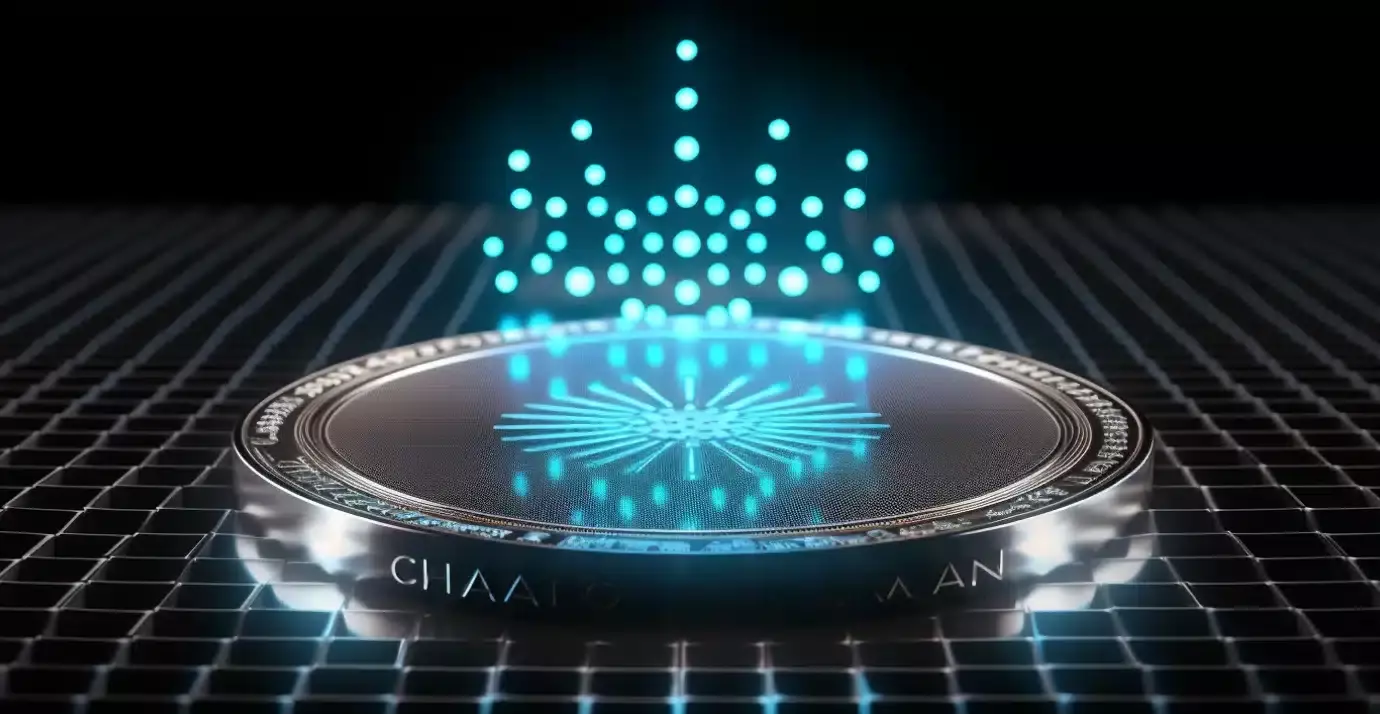Cardano creator Charles Hoskinson recently addressed the fear, uncertainty, and doubt (FUD) surrounding the Hydra development project. Hydra is a layer-two scaling solution aimed at increasing the transaction processing capacity of the Cardano blockchain at a lower cost. There were rumors circulating that Hydra had been abandoned, but Hoskinson made it clear that the project is actually more productive and motivated than ever.
Hydra within Cardano serves as an open-source framework for creating off-chain ledgers, providing developers with enhanced efficiency in utilizing blockchain technology. The protocol operates through independent state channels called Hydra Heads, enabling the simultaneous processing of multiple transactions off-chain. This approach ensures swift and efficient operations while maintaining Cardano’s decentralized principles. Unlike some scaling solutions that compromise decentralization, Hydra aims to securely scale Cardano’s network by adding more heads as the network expands.
While Hydra shows promise in terms of improved scalability and efficiency, its success ultimately depends on adoption by developers, businesses, and users. A research paper by Cardano ADA delves into the technical complexities of Hydra, showcasing its potential to revolutionize blockchain technology. Hoskinson’s commitment to dispelling misconceptions and emphasizing Cardano’s dedication to interoperability with chains like Ethereum is evident in his efforts to address rumors about World Mobile.
Grayscale’s Dynamic Income Fund (GDIF) recently excluded Cardano from its list of assets, sparking discussions within the crypto community. The investment firm introduced GDIF as a way for investors to stake cryptocurrencies and earn income. The fund initially included assets from nine blockchains, excluding Cardano and prioritizing projects like Aptos, Celestia, and others with higher yields. GDIF aims to provide investors with exposure to multi-asset staking through a single investment vehicle, distributing rewards in U.S. dollars on a quarterly basis.
Cardano’s absence from GDIF raised questions within the community, particularly due to its lower yield compared to other projects like Osmosis and Polkadot. The decision to include Solana and Ethereum in the fund over Cardano reflects Grayscale’s focus on projects with higher returns and market capitalization. Both Solana and Ethereum have substantial market value and trading volume, making them attractive options for investors looking to maximize their returns and security against attacks.
Despite challenges and misconceptions surrounding projects like Hydra and Cardano, it is essential to recognize the innovative potential they bring to the blockchain space. Embracing developments in scaling solutions and investment opportunities can lead to a more robust and versatile ecosystem for cryptocurrencies and blockchain technology as a whole.



Leave a Reply